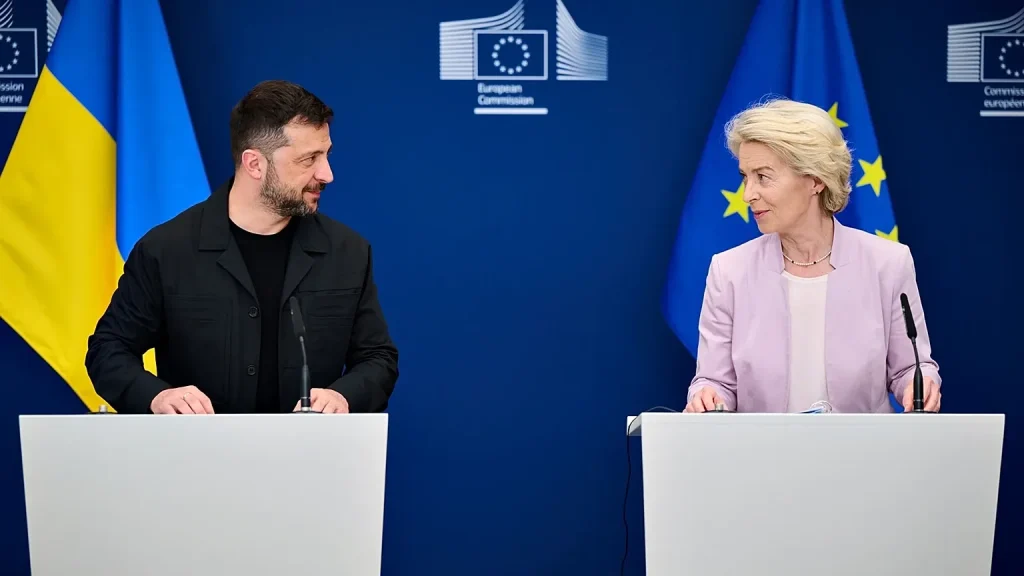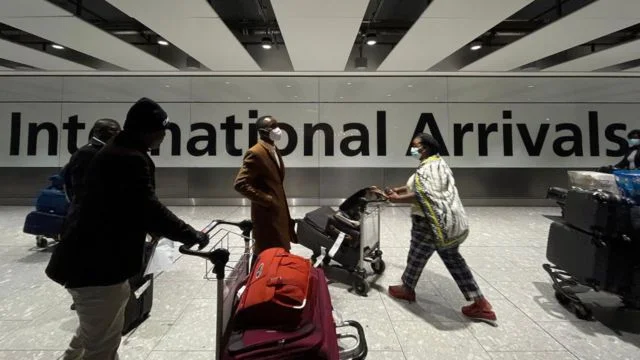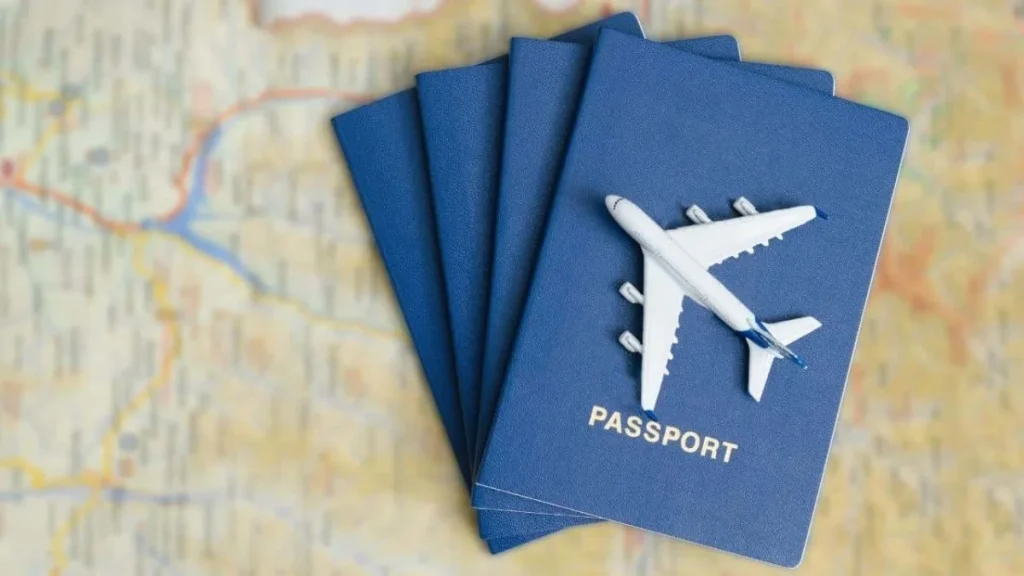On October 1, 2025, European leaders voiced support for using frozen Russian central bank assets to fund a €140 billion loan for Ukraine, aimed at supporting Kyiv in 2026 and 2027.
The plan awaits legal resolutions due to international constraints.
Financial Context
With U.S. military aid to Ukraine dwindling and EU nations facing budget challenges, the European Commission suggests leveraging cash from frozen Russian securities.
Ukraine would repay the loan only after Russia pays war reparations for its 2022 invasion.
Legal Hurdles
International law prohibits seizing sovereign assets, complicating the plan. Belgium, holding most of the assets, demands EU guarantees to avoid sole responsibility if Russia reclaims them. France and Luxembourg echo this caution.
Leaders’ Perspectives
Danish Prime Minister Mette Frederiksen called the idea “promising” but noted legal issues.
French President Emmanuel Macron stressed respecting international law, while Luxembourg’s Luc Frieden raised concerns about repayment if Russia avoids reparations.
EU’s Assurance
EU Commission head Ursula von der Leyen expressed confidence in a legally sound approach, emphasizing accountability for Russia without asset confiscation.
German Chancellor Friedrich Merz anticipates a detailed proposal by October 23-24.
G7 Involvement
France urged G7 nations U.S., Canada, Japan, and Britain to co-guarantee the loan and ensure Ukraine buys weapons from Europe, not just the U.S.
Germany and Italy, with robust defense industries, seek contracts. G7 finance ministers discussed participation on October 1.
Kremlin’s Reaction
Russia denounced the proposal as “theft,” escalating tensions over the use of its frozen assets.
Why It Matters
The loan could bolster Ukraine’s defense and operations, but legal and financial risks require careful navigation to maintain EU unity and global credibility.
Next Steps
The EU aims to finalize the plan swiftly, though some nations remain cautious. A concrete proposal is expected by late October 2025.
U.S. Deports Iranians in Trump’s Immigration Crackdown























